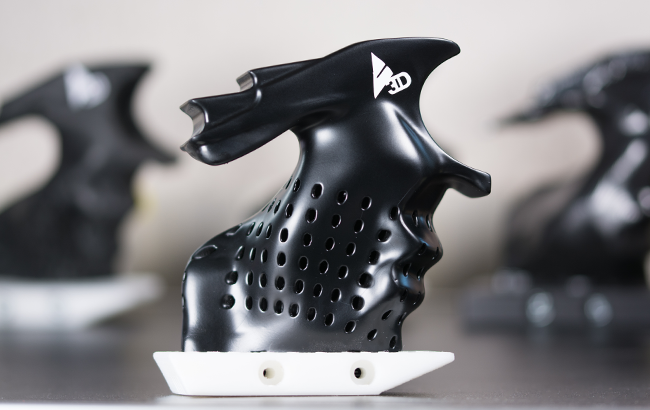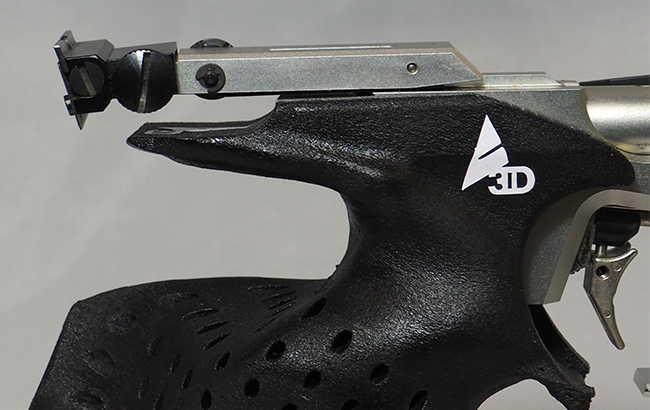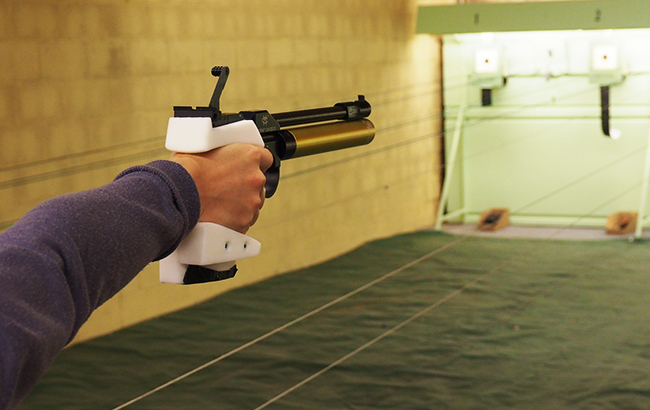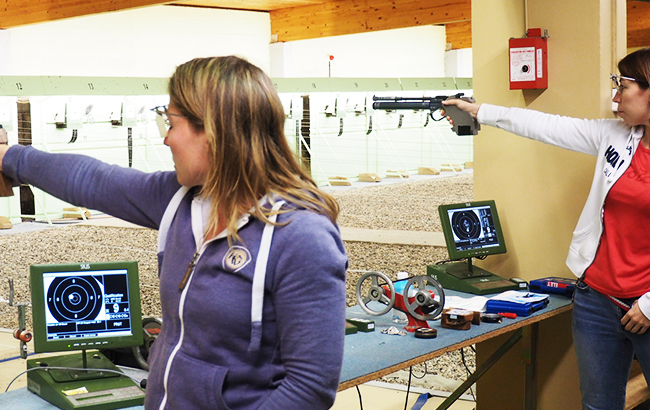3D printing and guns have long made headlines for the wrong reason. Poland’s Zortrax may be hoping this time is different. Professional French athletes are utilizing Zortrax 3D printers to create customized sports equipment.
Athletics 3D, a French sports equipment manufacturer, is working with Polish 3D printer and materials manufacturer Zortrax and Celine and Sandrine Goberville, professional 10-meter air pistol shooting athletes, to create and test pistol grips.
The company has previously used Zortrax M Series Plus FDM 3D printers to manufacture rifle grips used by French sportsman Martin Fourcade, who won a gold Olympic medal in the biathlon.
Celine Goberville is an Olympic silver medalist and three-time European champion of the 10-meter air pistol shooting event, while her sister Sandrine is a member of the French Olympic pistol shooting team currently training for Tokyo Olympics in 2020. Clément Jacquelin, owner and chief designer at Athletics 3D studio stated:
“The Goberville sisters found out about the solution we prepared for Martin and decided to try our solutions. Céline really liked the prototype produced on a Zortrax printer, so we started cooperating.”

Olympic 10 Meter Shooting
The 10-meter air pistol is an Olympic shooting event governed by the International Shooting Sport Federation (ISSF). This event involves a 4.5mm caliber air pistol shot at a distance of 10 meters. The women’s competition requires each athlete to fire 40 shots within 50 minutes.
Currently, the Goberville sisters use CM 162el air pistols made by Swiss arms manufacturer Morini. This pistol has been used by multiple Olympic champions, however, its design has been unchanged since 1992.
As air pistol shooting requires exceptional precision, 3D printing can be used to improve fittings, grips, and other ergonomic features to positively affect performance. Recognizing this, Jacquelin continues to collaborate with Zortrax to create prototypes and “made to measure” parts to fit competitors’ individual needs.
According to Jacquelin, Morini uses standard walnut grips that are a great fit for most shooters but lacks adaptability over time with regards to its user’s hand as it is fixed as it to the electronics and batteries powering the pistol. “They have been using the same wooden grip for almost 10 years, but now they decided to try something new, ” he added.

A firm grip
Athletics 3D sought to replicate the grip design used by the Goberville sisters with lightweight properties. “We used a 3D scanner made by Zeiss, a very precise tool to get the shape and all the proportions right”, explained Jacquelin. Following this, his team 3D printed the first prototypes of the new grip using made of Z-ULTRAT.
The grips were made to be thicker to improve balance, and angles as well as handling. The 3D printed grip was then attached to pistols and tested at a shooting range. Celine was able to score the same points as the current Olympic record (391 points out of 400) using the prototype.

Now, the team is looking for post-processing methods to optimize the functionality of its prototypes. Jacquelin stated, “We’ve heard about the Apoller vapor smoothing device Zortrax launched at Formnext 2018 and we’re looking forward to working with this equipment.”
“Celine prefers pistol grips with smooth surfaces, on the other hand, Sandrine likes the grips with a little less polished surfaces, so it’s all about personal preferences. And tailoring products to personal preferences is what Zortrax technology is made for.”
The Goberville sisters are still testing the shooting equipment and will use it during regular training and at international competitions.

Keep up with the latest 3D printing innovations by subscribing to our free newsletter. Also, follow us on Twitter and like us on Facebook.
To commence your career in additive manufacturing or post new opportunities, join 3D Printing Jobs.
Featured image shows The 3D printed pistol grip. Photo via Zortrax.


